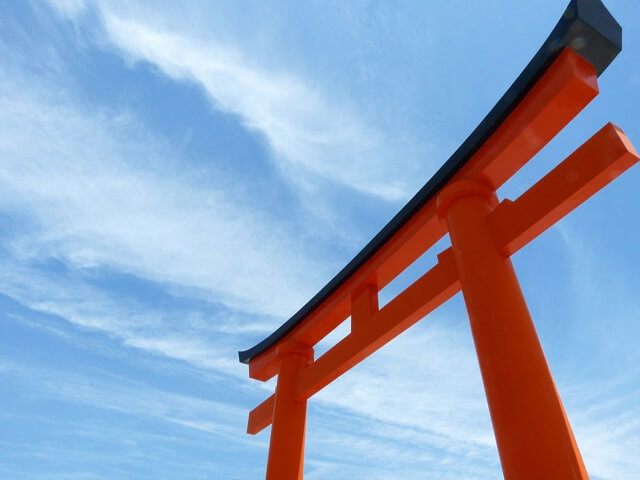
Just about anywhere you go in Japan, from the highest mountains to the narrowest urban back-alleys, you’ll find Shinto shrines of all size and manner. While Shinto isn’t an explicitly organized religion in comparison to many global religions, there is still a relative standardisation of practices and design across the more than 100,000 shrines in Japan.
-
01
What is a shrine exactly?
Here we’re giving a broad explanation of shrine culture. Most shrines are said to contain the spirit of a particular god, often related to health, business, agriculture, or other aspects of a good life. They can also be dedicated to the land on which they sit, such as a mountain or river. As a result, Shinto shrines tend to occupy some of the best real estate and beautiful views in Japan.
![What is a shrine exactly]()
What is a shrine exactly
-
02
What to Do
People will visit particular shrines in order to reflect and give them the blessing to accomplish a certain task, such as having a child. However, the explanation of the shrine’s focus isn’t usually written in English, so you likely won’t know too much about it. Whether you are there for the peace and quiet, or to admire the architecture, please don’t feel like you’re intruding on anything.
If you’re at one of the larger and more well-known shrines, such as Ise Jingu or Meiji Jingu, the best thing to do is enjoy the nature around you and soak up the atmosphere. Old-growth forests are hard to come by in Japan, but can be found around many untouched shrines.
Usually when you enter the shrine grounds there will be a trough of water with ladles on top. This is for ritual purification, and many visitors pour the water over their hands (outside of the trough of course) before entering. -
03
Praying
When approaching the actual shrine building (called a honden), it’s perfectly fine to just walk up and look around, but if you feel out of place just observe what others are doing. You will likely see locals go up to the shrine, clap, and bow in a particular pattern, usually accompanied by throwing a small amount of money into a box and sometimes ringing a bell with a rope.
Of course it’s not necessary to pray, but if you feel the urge to try there’s no need to feel nervous about it. Absolutely no one will be off-put or insulted in any way if you don’t pray, or do it incorrectly.![Praying]()
Praying
-
04
What Not to Do
Don’t get too hung up on proper behavior, but just use common sense. Basically it’s considered inappropriate to eat, smoke, climb on things, or be loud and obnoxious. Pretty much like most non-shrine places. Don’t bring dogs along either if you happen to have made the mistake of bringing one with you on your trip.
-
05
What I do
While I’m non-religious, I do enjoy going to shrines around Japan for different reasons. Some are nestled in beautiful scenery, and others have particularly interesting histories or architecture. Even a trip to a local shrine in the city can be relaxing, just sitting outside under some trees and having peace and quiet.
![What I do]()
What I do
- Ise Jingu Geheiden
-
-
- Mie Ise-shi Ujitachicho 1
-
-
-
- 0596241111
-
-
-
- [1-4, Sep.]5:00-18:00[May- A…
-
View All- 明治神宮
-
-
- 東京都渋谷区代々木神園町1-1
-
-
-
- 0333795511
-
View All




 Go here
Go here





